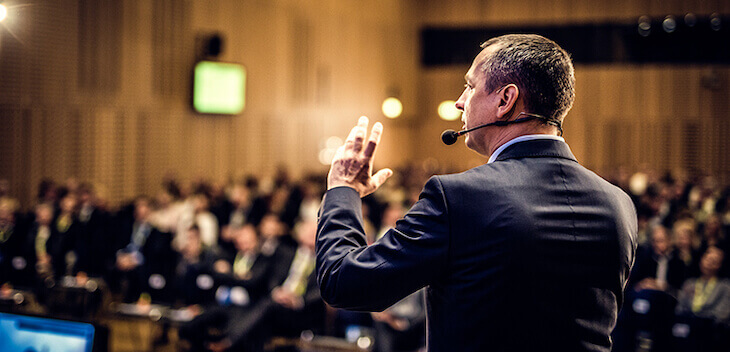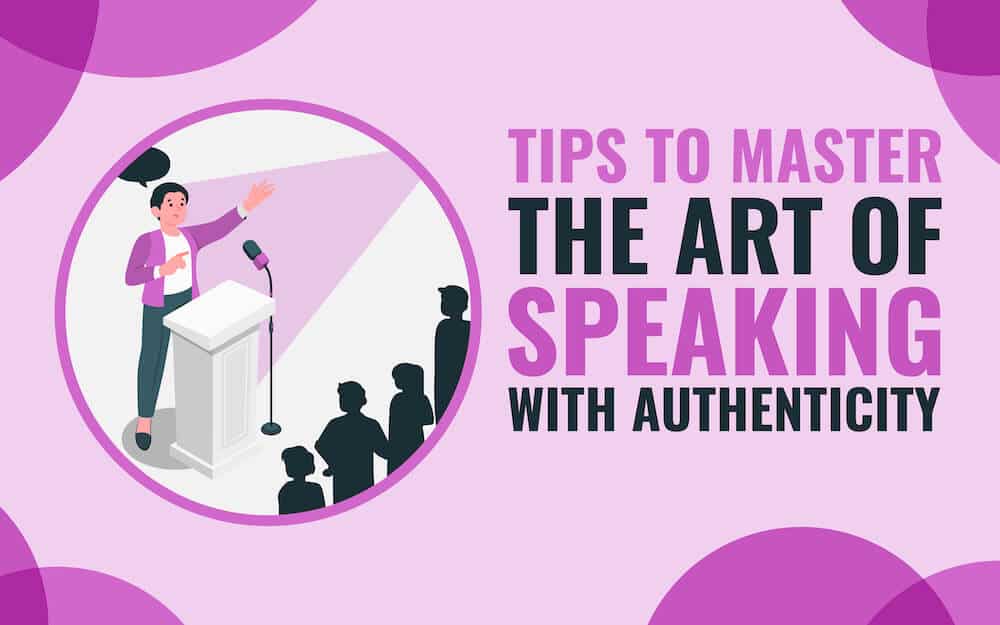
Consider it’s the first day at the office, and the boss suddenly asks you to deliver a presentation. Bummer! Unnerving, isn’t it? Well, public speaking can be a taxing experience but, if you know your basics right, you can steal the show. Body language plays an indispensable role in public speaking and assists in putting up an outstanding performance. A good interactive session with your audience requires you to pay close attention to not just the elements of your speech but the facial expressions and body language too. The right head movements, hand gestures, and voice augment your message’s effectiveness and can take your overall presentation from mundane to remarkable. So, let’s talk about how head movements and facial expressions together can bring a radical change in the way your message is heard and how they send a wide range of signals to your viewers.
Let’s dive in!
What Head Movements Indicate?
The head movements of the speaker during a presentation can be deciphered in many different ways. For instance, a lowered head covering the neck with the chin represents a defensive posture. It is also indicative of caution or exhaustion that can demonstrate the lack of confidence and undermine your words.
What about the tilting of the head? Well, a tilted head reflects that the speaker is curious, mainly if the head is pushed forward and tilted. Whereas, when the speaker pulls back his head, the tilting, in that case, is indicative of the suspicion or the uncertainty in mind.
You can vigorously nod to express your strong agreement with the subject matter, while with a slow nod, you can let your audiences know about your conditional agreement. During a presentation, a speaker’s head often moves to indicate a wide range of expressions. However, a stable head is symbolic of authority or the seriousness with which the speaker delineates the subject matter.
With head movements, sometimes the hand movement also has a significant role to play in effective expression; therefore, it is always recommended to have your hands on the side rather than tied backward while you are standing and presenting.
So, it is essential that as a speaker or presenter, you practice the right set of moves that help you engage with your audience in a better manner and make the presentation worth their while.
Role of Facial Expressions in Public Speaking
Appropriate facial expressions are the essence of effective communication and vividly describe your emotions, feelings, and thoughts. The head movements with the right gestures can go a long way in triggering the audience’s emotions. Whether it is a talk, presentation, or a conversation, eye contact, and the right facial expressions help you deliver a highly impactful speech. It is of paramount importance that the speech’s intent matches your facial movements to create an intimate experience for the audience. For that, the rule of the thumb is to maintain an eye-contact with your viewers for almost 80% of your time on the stage to create a meaningful, trusting, aesthetic and transparent experience. They generally look at your face to effortlessly guide them throughout the speech or talk. Facial expressions such as angry, remorseful, sad, happy, fearful, disgusted, and surprised, etc. can evince your overall emotions and feelings. So, take charge of your facial movements and expressions to practice successful speech delivery and influence your intended audiences.
Do’s and Don’ts
- Raising your head and continuous staring at the ceiling may give an impression of sheer lack of interest or boredom. It can also be a sign of a visual thinker who is internally analyzing the issue being discussed. So, the more you tend to practice, the better your head movement will become.
- It is vital to lead the presentation with your gaze. Direct the attention of the listeners with your gaze but beware of creating any misunderstandings. For instance, if you are continually gazing at the door, it might appear that you’d want to escape sooner.
- To make your overall public speaking experience less stressful – smile! Give your smile muscles a good workout and avoid dull expressions. It will help you support your message and convey a strong sense of yourself as a speaker.
- While being aware of your head movements, ensure that you don’t touch your eyes, ears, nose, or chin to avoid sending a message to your listeners that you are insecure or tense.
So, be proactive and keep learning about how you can use head movements, facial expressions, and body language to your advantage.
We would like to know your thoughts. So, do share with us in the “Comment” section below. And, if you like the blog post, do share on Facebook and Twitter.



